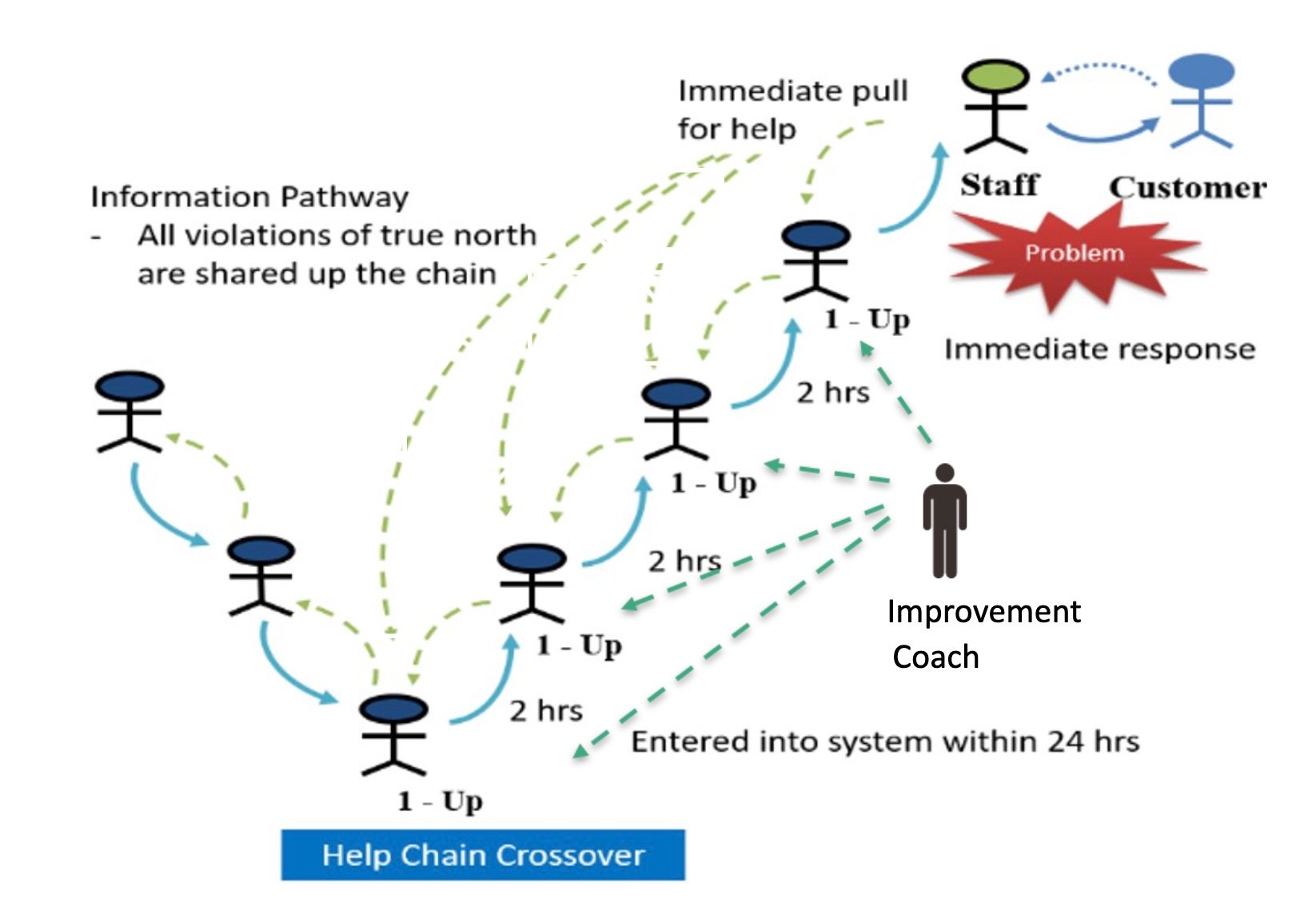Real-Time Problem Solving (RTPS)
Why Real-Time Problem Solving is a Key to Habitual Excellence and How Value Capture Can Help
Solving Problems More Effectively... and More Quickly
Better problem-solving means more improvement and fewer problems. Many people focus, rightly, on "root cause problem-solving."
How do we get better at solving problems, in a way that allows us to prevent problems from occurring again? That's an important challenge.
Having a solid, disciplined, and scientific problem-solving approach gives us one of the methods required to work toward zero harm and habitual excellence.
Root-cause problem-solving is a skill that can be learned, coached, and developed.
Value Capture has learned that combining "root cause" with "real-time" is an incredibly powerful combination. "Real-time" can also be learned and practiced.
Our team has learned that solving problems one-by-one as they occur is the key to driving results and the habits that create habitual excellence. The world's best organizations do this. We've been fortunate to learn about this directly from Toyota, Paul O'Neill, Steve Spear, and other mentors.
We can help you master real-time root-cause problem-solving, enabling your organization to establish safety and maintain flow, among other benefits. You can get better at root-cause, and you can get better at real-time...
Let's dig in.
Real-Time Problem-Solving Steps
First, psychological safety
It cannot be emphasized enough that none of this can be done at its full potential without a high degree of psychological safety.
Said another way, leaders and facilitators must establish and maintain professional and emotional safety throughout the process — and ideally that safety is there every day, in every setting and situation.
Then, respond immediately
Real-time means... "real-time." That means as close to "immediately" as possible. Not next month, not even the next day, but as soon as possible. STAT.
The sooner we start understanding the situation, the better. Problems are best solved when they are fresh. Think of incidents or risks as being extremely perishable. If we talk about it in next month's committee meeting, too many important details will be lost forever. That means we either won't be able to improve or our attempts will be less effective.
Any person who identifies a problem can activate their "help chain," which means a leader responds quickly -- not so the leader can solve the problem alone, but for the leader to facilitate the problem-solving discussion. Whatever problems cannot be solved to root cause at the front lines will be escalated that day to the level that can solve the systemic root of the problem.
Investigate the problem to find the point of cause:
When the leader responds to work with the team, they work together on the following steps:
- Go and see (go to the actual place the problem was found instead of talking about it in conference rooms)
- Talk to the people who do the work (understand the real reality with them instead of guessing or assuming)
- Find the place where the problem really broke down (which might not be the same place that the problem was discovered)
Find the root cause
Once we have found where the problem occurred (the "point of cause"), we quite often need to dig deeper to find the "root cause." If we have relatively simple problems with simple countermeasures that can be tested quickly, root cause analysis might not be needed.
But, when we have complex problems (or sticky problems), root cause analysis is extremely helpful.
- Ask the people who were involved what circumstance caused the problem -- don't ask "who made a mistake?" but ask "how could that have occurred?"
- Ask "why did that circumstance exist?" many times until you can't ask why anymore
- Include the manager of the area (in a blame-free manner) and the person to whom they report — note that it may be necessary to move up several steps of the chain of command to get to the person responsible for all areas involved
Once we have a proper understanding of the problem and the situation, then we...
Create a target condition
Since we have avoided jumping to solutions through this process, we can now work toward designing and implementing an improved, if not ideal, target condition (or future state).
Steps in this process include:
- Ask the people who do the work to describe a solution that would prevent the last “Why?” (the root cause) from happening again
- Acknowledge any barriers to the ideal solution and incorporate practical solutions to those barriers
- Ask the people who do the work, “How can you design your work so that it can’t be done incorrectly? If you can’t prevent all errors, how can you recognize immediately that an error has occurred?”
Take action and test your ideas
As a team, with the coaching and support of leaders, it's time to test the target condition and the improvements that get us there.
- Determine what actions will be taken by whom and by when
- Describe the hypothesis that will be tested and how you will know whether or not the experiment worked
Share your solutions
Hopefully, your organization has a "system to share" so that, in nearly real-time (same day):
- Everybody in the organization knows about the risk, problem, incident, or harm
- Everybody in the organization knows about the process changes
The knowledge that's gained by one part of the organization should be shared with others, in real time. Why should every department or every site have to repeat the same mistake to trigger their own problem solving?
One benefit of being part of a system is that we can operate like an integrated system that shares knowledge and new practices.
Learn more about problem solving:
Navigating Patient Flow Challenges: A Lean Approach to Root-Cause Problem Solving
The Power of Near-Miss Reporting: Enhancing Healthcare Quality and Safety
Hospital Command Centers: Keep What's Best and Improve the Rest
Improve Outcomes, Reduce Employee Turnover and Accelerate Innovation with a Daily Engagement System
How to Foster Problem Solving and Improvement
Improving in an Experimental Way: A3, PDSA, Kata, and More
Ideal Real-Time Problem Solving Model
Here is the way Value Capture illustrates this model. Talk to us today (a real-time conversation) if you'd like to learn more about these RTPS approaches and how we can help you.

Results
Results from the Implementation of Real-Time Problem Solving Alone
|
Organization |
Results Recap |
|
Alcoa |
Recordable Injuries reduced from ~9 to <1 annually (89% reduction) Market cap increase of 800% |
|
UVA Health |
13% reduction in employee injuries 62% reduction in CAUTI/CLABSI 27% reduction in Sepsis deaths 22% reduction in falls 17% reduction in pressure ulcers 95% reduction in stock-outs |
|
Forbes Hospital (Allegheny Health Network) |
28% reduction in recordable injuries in 1 year (94% reduction in highest risk dept) 80% IV drug waste cost reduction Elimination of stockouts |
|
UPMC Northwest |
Safety events reaching patients down 66% in the first year 500% increase in safety event reporting |
|
UPenn |
80% reduction in their central line infection rate within 30 days and increased and sustained the improvement for more than three years |
|
San Mateo County Health System |
40% reduction in harm events reaching a patient |
|
International Hospital Corporation |
300% increase in safety reports 50% reduction in near misses 70% reduction in adverse events All within a 3-year timeframe. |
|
LifeCare Hospitals |
50% reduction in medication errors within a year |




